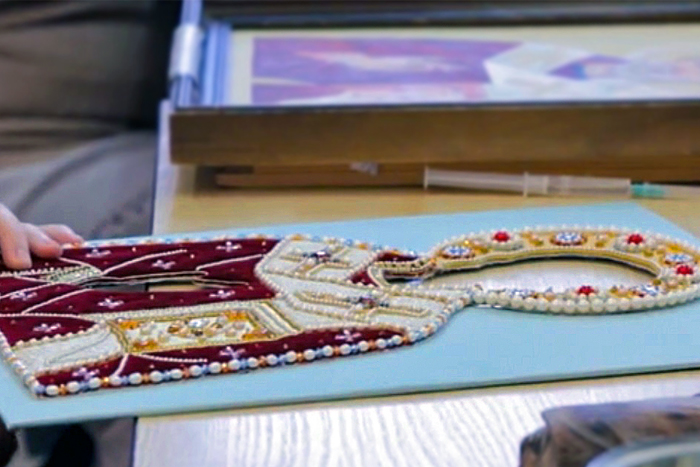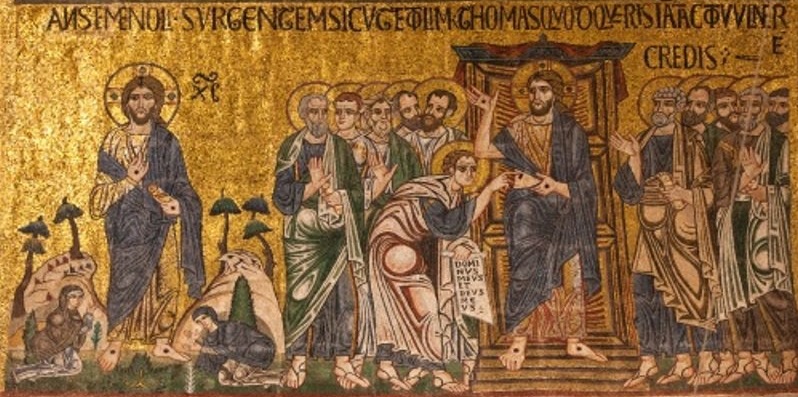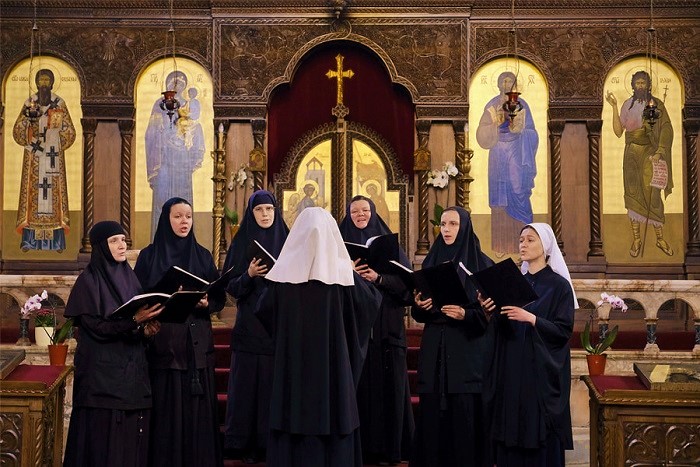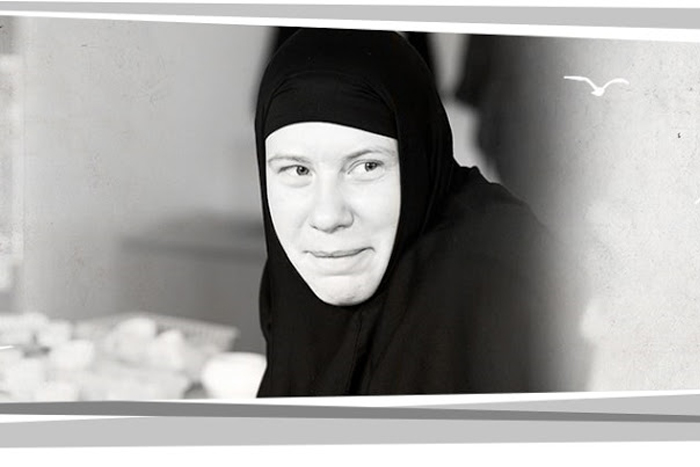 |
For more than 15 years, the Icon casing workshop has been operational in Saint Elisabeth Convent. All these years, day after day, brothers and sisters dedicate themselves to prayer and work: painting icons, embroidering shrouds, creating jewel casings and icon shrouds made of thin metal (foil, the copper, aluminium, brass) or cloth.
 The tradition of decorating sacred images with luxurious casings, comes from ancient time. Long since, Rus has followed the example of Byzantnium where highly revered icons were covered with jewel casings.
The tradition of decorating sacred images with luxurious casings, comes from ancient time. Long since, Rus has followed the example of Byzantnium where highly revered icons were covered with jewel casings.
However, icon casing should not be considered a decoration. Primarily, icon casing has deep symbolic significance – as an offering of gratitude to the Lord, The Mother of God, the saints for their eternal help and support. For Example, the glow of gold symbolizes Divine grace, white shade of silver represents holiness and spiritual purity, and natural gems personify numerous moral virtues.
Icon painters of Saint Elisabeth Convent icon casing workshop paint in various historic styles. The process begins with painting an icon. Over a chalk ground board the craftsman outlines the images. It is very important to note that our workshop will paint the icon in its entirety as opposed to the 19th Century approach where only the visible parts of the icon were painted.
Gold plating is performed with leaf-gold, acryl, oil, and tempera are used to paint (“write”) the icon and if the icon is painted in an open case, it is covered with “asist”. Then it is time to place the casing which is an overlay covering board over the multicolored layer.
 The icon casing workshop is known for making luxurious casings out of different fabrics. First of all, the craftsman outlines the shape of the image on thin paper. This is the basis or the initial pattern. If we break down the casing layer by layer, we will see the following: paper, unbleached calico, thick cloth, flax. All components are glued together and embellished with velvet.
The icon casing workshop is known for making luxurious casings out of different fabrics. First of all, the craftsman outlines the shape of the image on thin paper. This is the basis or the initial pattern. If we break down the casing layer by layer, we will see the following: paper, unbleached calico, thick cloth, flax. All components are glued together and embellished with velvet.
 Then the casing is embroidered with pearls, beads and spun gold. Stitch by stitch, bead by bead… and there are no random components. Casing elements include consignment halos (decoration around the head), riza (part of icon casing, covering images of clothing), frame (covering the edges), and the background (metal framing).
Then the casing is embroidered with pearls, beads and spun gold. Stitch by stitch, bead by bead… and there are no random components. Casing elements include consignment halos (decoration around the head), riza (part of icon casing, covering images of clothing), frame (covering the edges), and the background (metal framing).
 The decorations include decorative plaque (small silver or gold rectangular or figure-shaped form plate with a cut out to attach the icon), stone bezel setting (metal frame around the stone).
The decorations include decorative plaque (small silver or gold rectangular or figure-shaped form plate with a cut out to attach the icon), stone bezel setting (metal frame around the stone).






